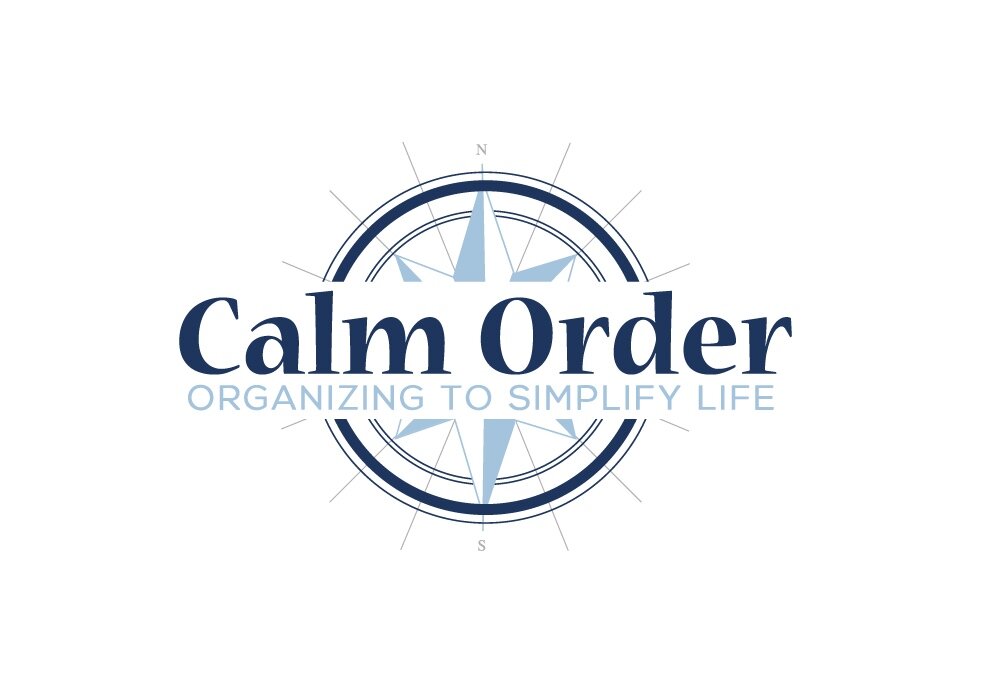We want to help you start the new year off right – with a clean and organized home! This January, give our 31-day challenge a try. Each day we will feature a tip or suggestion on what you can do in your home on our Facebook page. Here on the blog, we’re breaking this challenge into two parts: this post will cover part one and include 15 different areas of the home to organize for the first half of the month, and later on we’ll publish another post that will cover the rest of the month. Here are the first 15 challenges:
Day 1: Kitchen cupboards
We're starting in the kitchen for this challenge. Take everything out of your cupboard, and wipe down all the shelves. Now that all of the items are out in front of you, it’s time to go through your dishes and utensils. Keep only the items that are still in good shape or that you'll actually use. The rest can be donated. When putting items back into the cupboard, group like items with like. For example, put all glasses together and all plates together. Keep items that are frequently used in more easily accessible areas. Consider using organizers for cups, plates, and cutlery to maximize space.
Day 2: Baking Sheets and Pans
You may have had dreams of baking up a storm, but after awhile kitchen cupboards can abound with unneeded baking pans when those dreams don't become reality. Pull out your baking sheets and place them on your counter top. It’s time to get real: are these pans ever used? Will they ever be used? Are the pans and sheets old and rusted? If so, then it’s time to get rid of them.
Day 3: Fridge
It’s time to tackle the fridge. First things first: go through all of the items and dispose of old items that are past their due date. Consider storing all the good stuff in clear containers so they are easily identified. Place like with like, and create designated areas for vegetables and fruit, deli meat and cheese, leftovers, drinks, and condiments. This helpful guide shows you just where your food should be going.
Day 4: Pantry
Pantries can be full of a lot of items, so try tackling one shelf at a time. Get rid of any expired products. Place anything that is about to go bad or is likely to be forgotten about near the front of the shelf – this will remind you not to forget about them and maybe inspire you to use them before they end up in the garbage. Place frequently used items near the front so they’re easy to access.
Day 5: Recipes
Recipes can be organized and stored in a multitude of ways – from boxes to binders, to apps like Evernote and Paprika to programs like ChefTap and Pinterest. Before storing your recipes, go through each one and take out the dud recipes or any duplicates and create categories like desserts, meals, snacks, special occasions and recipes to try. Use folders or dividers to organize the recipes in a way that makes sense to you.
Day 6: Photos
Organizing your digital photos can seem like an unsurmountable task, but once you put a system in place it can just take a few minutes. Start by uploading all of your photos, and deleting the blurry or out of focus images. Go through and edit or crop photos that need it, and then tag them in a way that will be easily recognizable for you like “Christmas2015.” Then, create folders for each year, and subfolders for the event or month the pictures correspond to.
Day 7: Bathroom counters
Leave everyday items like soap and toothbrushes on the counter, but store other items in cupboards or drawers. Use organizers to maximize space, and take bulky items out of their packaging and store them in easily accessible containers. Stop holding on to expired products or items you don’t use – donate them or get rid of them.
Day 8: Medicine Cabinets
Organize your cabinet strategically with frequently used items on the bottom shelf, and less frequently used items on the top. Expired or unwanted products should be disposed of, and use labels or clear containers to store items so they stay organized and have a specific place to avoid clutter.
Day 9: Linen Closets
Pull out all your linens and sort the items into what you want to keep, and the items that can be donated or thrown out. Then, organize by bedroom and bathroom. It’s good to have extra sets, but remember that less is always more. Map out what items you want to put where in your closet, and label what towels and sheets are for what room and bathroom. Place less-frequently used items or bulkier sets on the higher shelf.
Day 10: Clothing
Go through your clothing and purge anything that’s old, worn, or out of date. Sort the remaining clothes by season, and keep pieces that are out of season out of the way. Make sure clothing is visible, because you’re less likely to wear it if you can’t see it. Use space wisely and keep items stored neatly.
Day 11: Shoes
Declutter excess shoes that are worn, don’t fit well, or are too tight, and organize remaining shoes by activity (like sports, occasion, casual) or by weather. Create designated storage places and keep only daily used shoes by the entrance way. Seasonal or shoes not worn often can be kept in cubbies, boxes, under the bed, or wall/door hangers.
Day 12: Papers and Bills
Wall mounts and racks can eliminate clutter on the desk and store important papers and bills so they’re easier to find. Labelling is important, as is taking the time to go through papers and deal with them as soon as you get them. Set up a system so there is place for all of the bills and papers that come into your home so nothing is left in piles on a counter or a desk and forgotten.
Day 13: Filing Cabinets
For long-term file storage, go through older documents and decide which ones you should keep and which ones can be disposed of. This post has a great chart to help figure out how long you should be keeping your important documents. Organize the remaining documents into the appropriate sections, and create labels for each folder in the cabinet.
Day 14: Desks
Keep essentials only on the top of your desk – items that are used regularly. Other non-essentials can be stored in drawers, and organized with storage accessories. Purge items that don’t work or are unused, and replenish supplies that are out or running low. Don’t feel the need to keep a stockpile of items. Replace items when they need to be replaced.
Day 15: Pens and Pencils
Gather all the pens and pencils you have in every room around your house. The truth is, you probably don't need as many pens and pencils as you already have! Test out each one to determine which ones still have ink/lead, and which ones don't. Determine a realistic and practical number of pens and pencils you actually need, and donate the rest to your local school.
Keep us updated on how your challenge is going here on the blog or on our Facebook page!











